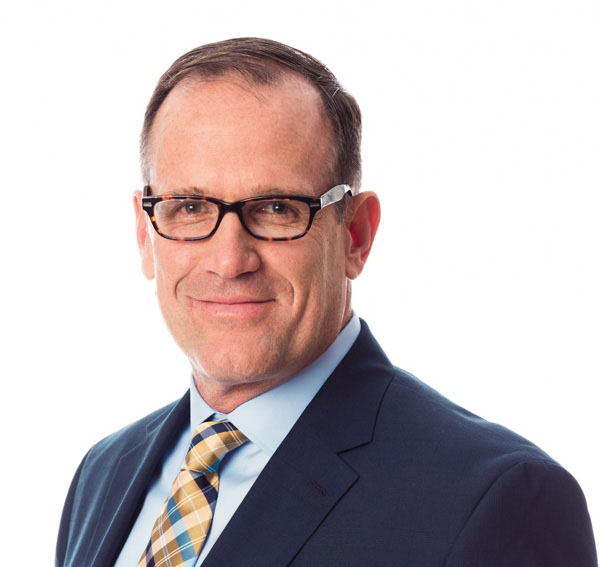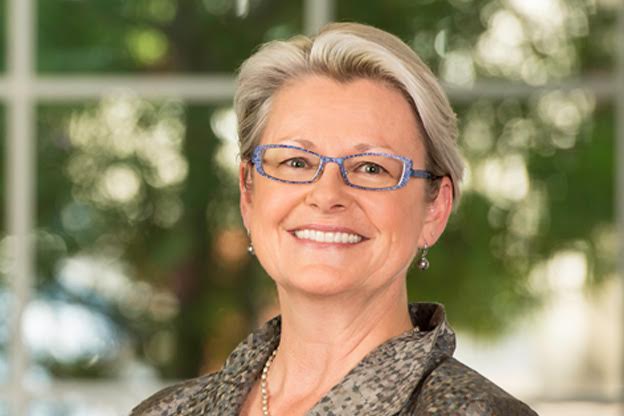Based in Walnut Creek, California, CSAA Insurance Group is a 100-plus-year-oldcompany that in recent years took decisive steps to modernize itscore property & casualty business.
|In addition to establishing an Innovation Center dedicated toexploring and developing new insurance products and services forthe future, this AAA insurer has also enlisted a Silicon Valleyveteran: Debbie Brackeen recently came on as CSAA's chief strategyand innovation officer, and will oversee the company's technology,product and service delivery upgrades.
|Related: When worlds collide: Insurers andInsurTech
|Here, Brackeen joins COO Greg Meyer to discuss the potentialimpact of tech-driven innovation on the insurance business, and whythis captive insurer feels relatively unfazed by the recent wave ofWall Street-backed InsurTech startups.
|PC360: How would you characterize the approach toinnovation and modernization at CSAA?
|Greg Meyer: The technology transformation that CSAA completedover the past five years was significant (based simply on) thescale of the transformation. We've implemented a new policyadministration system, which is the core processing system for ourproperty & casualty business. It integrates all the statisticalsystems, all of the reporting, and the billing system. Not only didwe replace the policy administration system but (also) the claimssystem. We brought in a new data and analytics platform, and we'veimplemented a customer relationship platform. So we've reallyreplaced every single piece of technology. The reason that's sosignificant is, it enables us to be able to offer contemporaryproducts and services.
|PC360: What types of contemporary products andservices?
| Meyer(pictured at right): Twenty percent of ourmembers choose to put a telematics device in their car. It's ausage-based insurance product that's enabled by our new technologyplatform. Our members also want to service their policies online orthrough their digital devices. So again, we have to have thetechnology that supported the preferences that our members have toincreasingly do business digitally, online, and also receive all oftheir communications from us electronically.
Meyer(pictured at right): Twenty percent of ourmembers choose to put a telematics device in their car. It's ausage-based insurance product that's enabled by our new technologyplatform. Our members also want to service their policies online orthrough their digital devices. So again, we have to have thetechnology that supported the preferences that our members have toincreasingly do business digitally, online, and also receive all oftheir communications from us electronically.
We have millions of policies on old systems, with old productsthat were becoming less relevant to our members. So we had tocreate these new systems. And then we had to move all the policiesfrom the old systems and the old products to the more contemporaryproducts that are really more state of the art.
|Related: 3 InsurTech updates to the underwritingprocess
|PC360: How much of this work was handled in-houseversus partnering with outside software or platformvendors?
|Meyer: We use products that are developed bythird parties as the base technology, and then we develop our ownsystem around that. For example, for our claims system, we useGuidewiresoftware, then build in all of the process capability and integratewith all of our vendors using the Guidewire products.
|We use a company called EIS Group for policy administration,and we use Hadoop for our big data platform.
|As a general rule, we're not developing more technology. We'retaking the best technology we can find, and then we're building itfor our applications.
|Continue on…
||
Debbie Brackeen with CSAA Insurance Group likens the currentwave of InsurTech startups to what happened with banking andfintech companies. "These companies represent partnershipopportunities for us," Brackeen says. (Photo: iStock)
|PC360: How would you describe the cultural shiftnecessary for this type of technology strategy at your company as well asthroughout the property & casualty industry?
|Debbie Brackeen (picturedbelow): I don't think this is unique to insurance… We're in an era of unprecedented change in the world. People callit different things, but it's definitely fueled by the technologyinnovation that's happened over the last decade, whether that'scloud computing the rise of mobile. Everybody talks about how thepace of change is accelerating, and the pace of disruption isaccelerating.
But because of that technology, we have these built-in feedbackloops. The fact that somebody might love Lyft or Uber creates anexpectation for about how they want to interact with almost anyinstitution or business. So, to me, it is a cultural challenge,especially for a lot of companies in the insurance industry that,like ours, may have been around for a hundred years or more.
|Another (issue) that we talk about frequently here is that ourmission is to protect and grow our core business whilesimultaneously innovating and coming up with new business modelsand new businesses that are relevant to our customers and ourmembers. We talk about this need to be ambidextrous, and that's acultural challenge for us and I think for many in our industry.
|Related: 3 reasons startup entrepreneurs loveInsurTech
|PC360: How do you respond to agents, analysts,adjusters and the like who may worry that this fast-pacedinnovation could make their jobs obsolete?
|Brackeen: There's a popular conversation at themoment around artificial intelligence, and whether AI isgoing to replace all types of jobs. There are people on a widelyvarying spectrum who have theories about what jobs might bereplaced and how fast. I think those things are very difficult topredict because AI is still an extremely complex topic. It's notjust one thing . . .
|I recently (read) Eric Schmidt from Google (talking about) whenbanks first introduced ATMs. There was a big fear back then thatbank tellers were going to be put out of business. But in fact,when you look at the stats, there were more bank tellers after theintroduction of ATMs.
|So, I personally choose to focus on the benefits of automationand efficiency that some of these new technologies can introduce toour business, because that ultimately translates into customervalue.
|This video was provided by CSAA Insurance Group toillustrate the company's technology and innovationstrategy:
|See also:
|The direction of insurance in 2017: It's all aboutconvergence
|Insurance, data analytics and internaloperations: untapped opportunities
Want to continue reading?
Become a Free PropertyCasualty360 Digital Reader
Your access to unlimited PropertyCasualty360 content isn’t changing.
Once you are an ALM digital member, you’ll receive:
- All PropertyCasualty360.com news coverage, best practices, and in-depth analysis.
- Educational webcasts, resources from industry leaders, and informative newsletters.
- Other award-winning websites including BenefitsPRO.com and ThinkAdvisor.com.
Already have an account? Sign In
© 2024 ALM Global, LLC, All Rights Reserved. Request academic re-use from www.copyright.com. All other uses, submit a request to [email protected]. For more information visit Asset & Logo Licensing.








